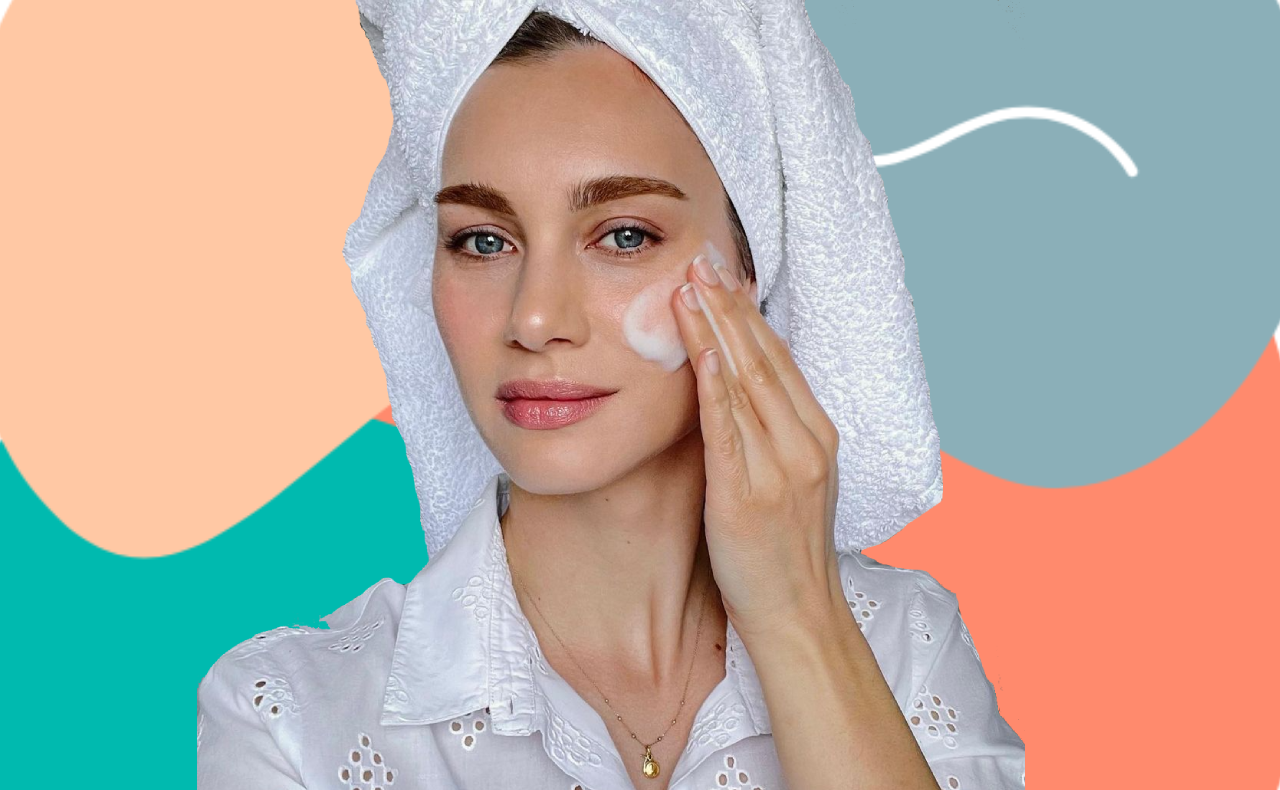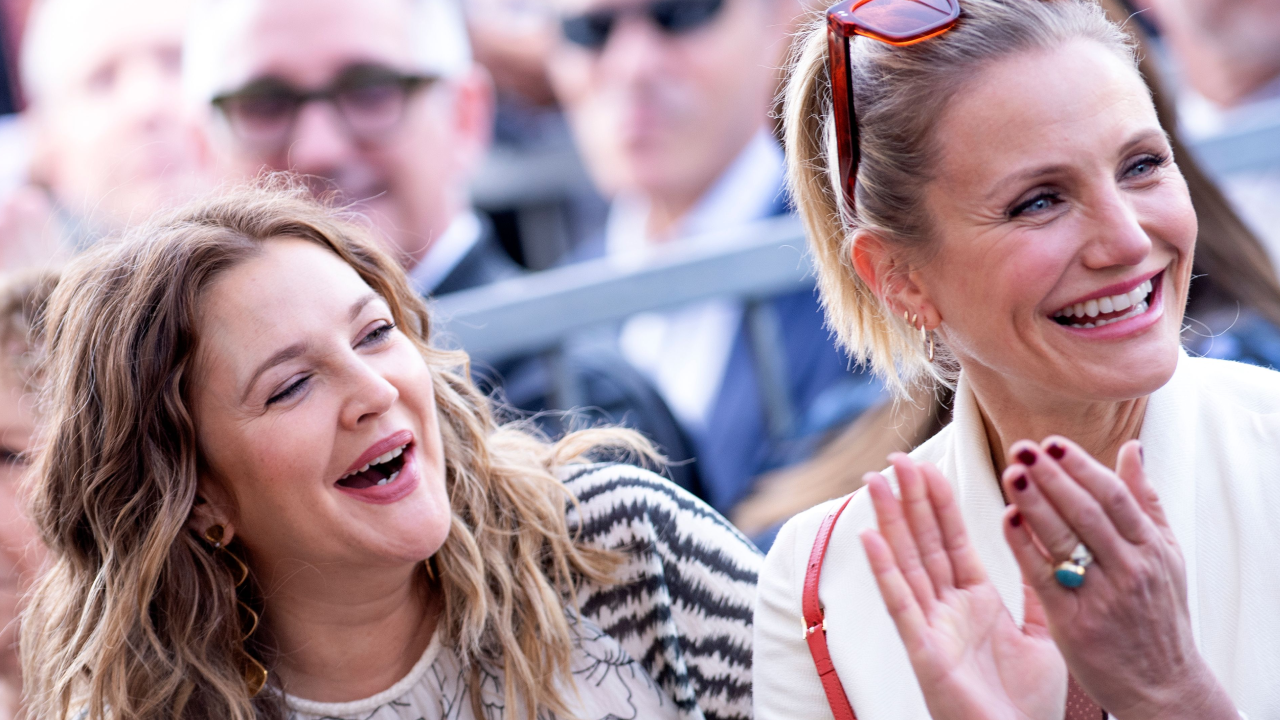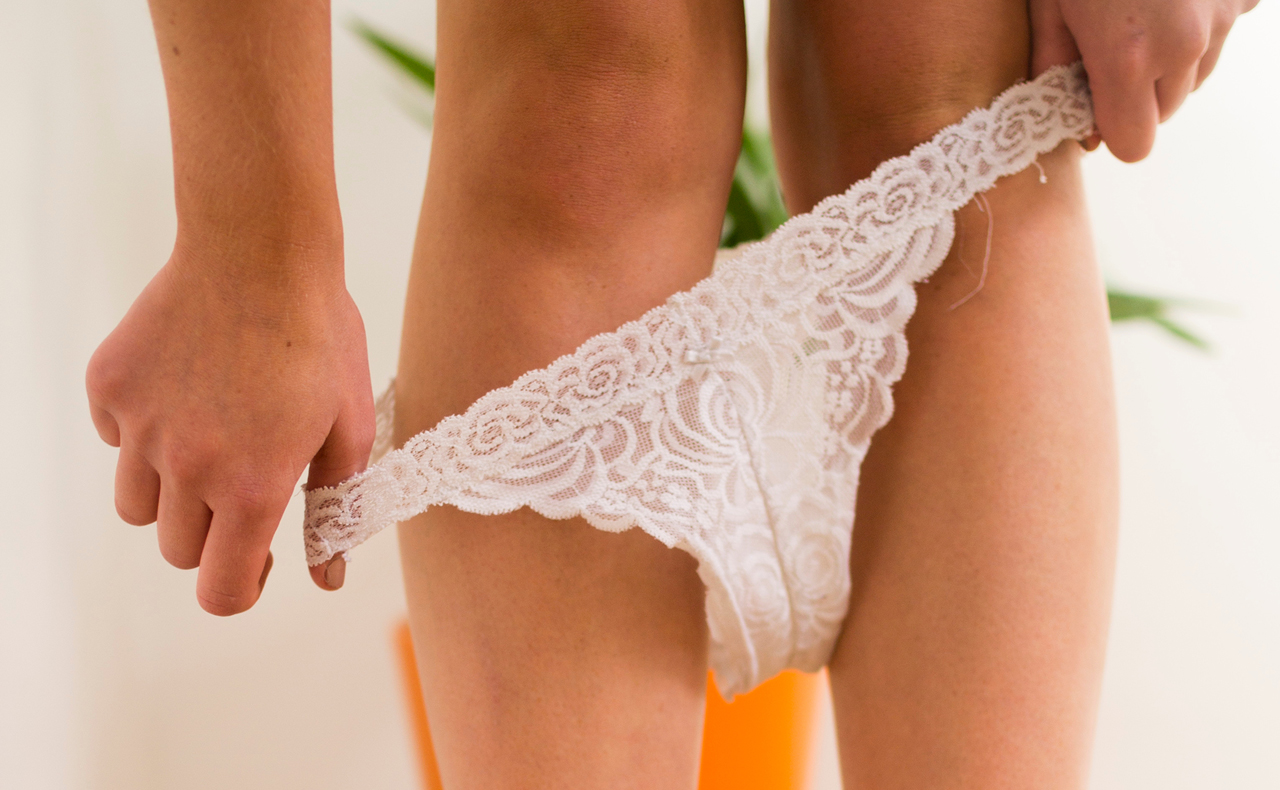So, finally an Australian PM has inked Kyoto. It’s a good start, but climate change is still going to be a top talking point as summer heats up and a tear of continental proportions continues to gape in the ozone above.
But after spying so many UV-scorched shoulders after a surprisingly sunny Sunday, I’ve been wondering: Are we thinking green and forgetting about turning pink?
Is it really possible that, for all the talk of greenhouse, ozone and protecting the planet, we forget to protect ourselves? The slip, slop, slap mantra is practically the national anthem, after all, and our skin cancer stats are surely too high (and terrifying!) to slip anyone’s mind. So why do we continue to fry?
Suncare experts suspect we’re simply confused by SPF. “The biggest misconceptions among consumers are that a sunscreen provides 100 per cent protection from the sun’s harmful UV rays, that a sunscreen can be applied in the morning and it will provide all day protection, and that SPF 30+ products give similar levels of protection,” says Dr Graham Aldous, Director of Scientific Affairs at Hamilton Laboratories.
An SPF 30+ sunscreen blocks around 97 per cent of rays, an SPF 15+ resists around 93 per cent and no rating of SPF can protect against 100 per cent of rays. That’s pretty straightforward. But because Australian standards do not allow sunscreens to be rated above 30+, that plus could actually mean an SPF of 31, 60 or even 100, says Dr Aldous. You’d just never know. Different labelling standards in different countries also complicate matters. That SPF 50 you got in the US might not be any more powerful than the SPF 30+ you bought at home.
So not all sunscreens are created equal – and neither are sunbeams. UVA rays are long-wave beams that penetrate deep to cause photoageing and contribute to the cancer-causing damage also done by UVB rays, the short-waves which result in redness. It’s crucial to know that SPF only measures protection against UVB rays and you don’t need to see red to be in danger. To be truly covered, you need to wear products also marked ‘broad spectrum’, which means they protect against both types of radiation.
But how much? And how often? It can be trickier than you think. Time guidelines given on products tell the time sunscreen will remain on the skin after immersion in water, not necessarily the time a particular SPF will last. And because myriad factors can affect your sunscreen’s performance, time guidelines should be considered ‘guesstimations’. The Cancer Council Australia recommends you reapply SPF 30+ every two hours in all cases. Generously. On an average adult, one teaspoon each on legs and arms, your back and torso plus a half-teaspoon on the face and neck is the minimum.
Still got Qs about ingredients, UV reflectors versus absorbers or what’s best for babies? The Cancer Council Australia website has a Position Statement on the Use of SPF 30+ Sunscreens that’s well worth a look.
Swing by, even if you think you know enough already. Look at all the red noses around you right now. Are any of us really as sun smart as we think?




